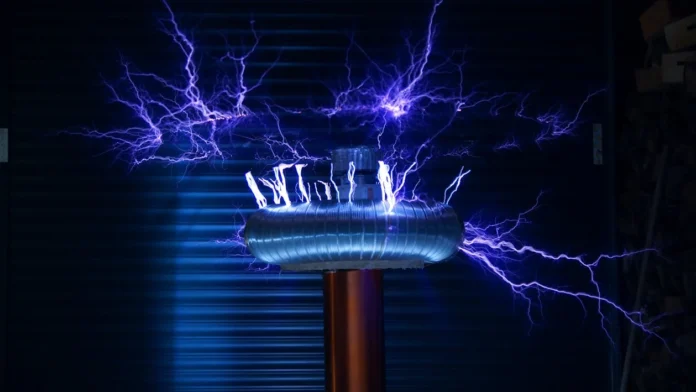Spark Technologies have transformed big data analytics with their speedy, scalable, and flexible solution for processing huge datasets. This article examines the power of Spark Technologies in big data analytics, its benefits, and its applications in real-life scenarios.
What is Apache Spark?
Apache Spark is an unified analytics engine with big data processing at scale. UC Berkeley’s AMPLab built it, and it was donated to the Apache Software Foundation. Spark has risen to one of the leading big data technologies today because it’s fast, simple to use, and incredibly flexible. It contrasts with most conventional data processing systems such as Hadoop MapReduce, where computation happens on the disk and can be relatively slow.
Advantages of Spark Technologies in Big Data Analytics
1. Speed and Performance
One of Spark’s greatest strengths is that it can process data in-memory. In contrast to Hadoop, which stores intermediate results on disk, Spark computers directly in RAM, resulting in performance that is up to 100 times faster for some workloads. This speed benefit is important for real-time analytics and interactive data exploration.
2. Scalability and Flexibility
Spark is extremely scalable and can support petabytes of data by delegating workloads across several nodes in a cluster. It smoothly integrates with data sources such as Hadoop Distributed File System (HDFS), Apache Cassandra, Amazon S3, and databases. This ensures that organizations are able to implement Spark for multifarious big data applications.
3. Ease of Use
Spark supports numerous programming languages including Python (PySpark), Scala, Java, and R and thus can be used by large numbers of developers and data scientists. It is also aided by high-level APIs and libraries which ease data handling and machine learning operations.
4. Extensive Libraries for Higher-End Analytics
Spark includes a wide-ranging set of libraries that make its functionality richer:
Spark SQL: Allows querying structured data in terms of SQL-like syntax.
MLlib: A machine learning library that is scalable for classification, regression, clustering, and recommendation.
GraphX: A graph computation engine for managing complex relationships and networks.
Spark Streaming: Enables real-time processing of streams of data from sources such as Kafka, Flume, and HDFS.
5. Real-Time Data Processing
Legacy big data stacks tend to be weak when it comes to real-time analytics. Spark Streaming solves this problem by processing streams of real-time data, enabling businesses to respond rapidly to developing trends, outliers, and customer patterns.
Real-World Use Cases of Spark Technologies
1. Financial Sector
Financial institutions and banks utilize Spark for detecting fraud, assessing risk, and algorithmic trading. Through the processing of transactional data in real time, they are able to identify fraud and make educated investment choices.
2. Genomics and Healthcare
In the healthcare sector, Spark facilitates quick processing of medical records, patient information, and genomic sequences. Scientists utilize Spark to speed up drug discovery and tailor treatment options according to genetic analysis.
3. E-Commerce and Retail
Spark is utilized in e-commerce platforms for recommendation engines, customer segmentation, and demand forecasting. With the analysis of purchase history and customer behavior, retailers are able to offer customized shopping experiences and streamline inventory management.
4. Social Media and Advertising
Spark is extensively applied in social media analytics and online marketing. It assists businesses in processing huge amounts of user-generated content, sentiment analysis, and ad targeting optimization.
5. Telecommunications
Telecommunications corporations utilize Spark for tracking network performance, forecasting failure, and enhancing customer support by monitoring call logs and utilization behavior.
Future of Spark Technologies
With the increasing need for big data analytics, Spark is evolving continually. The latest developments involve integration with cloud platforms, cloud support for deep learning frameworks, and security enhancements as well as performance. With more organizations embracing AI and IoT-based analytics, Spark will have an essential role in processing and analyzing large-volume data at an efficient rate.
Conclusion
Apache Spark revolutionized big data analytics with a quick, scalable, and malleable method of processing huge datasets. The fact that it can process both real-time and batch data along with its mature ecosystem of libraries makes it an indispensable resource for companies and researchers. With further advancements in technology, Spark will remain at the center of big data innovation, allowing organizations to realize the complete potential of their data.



